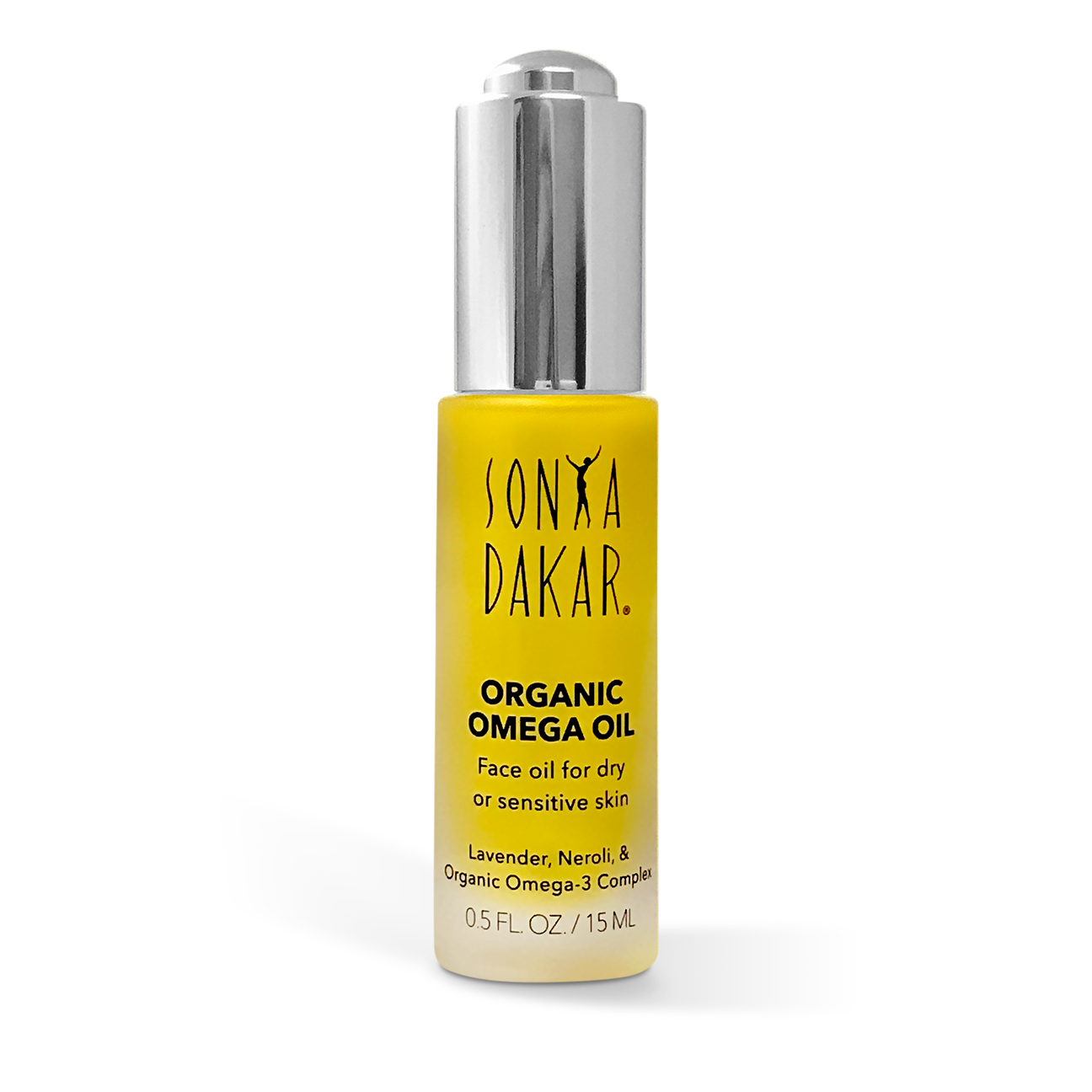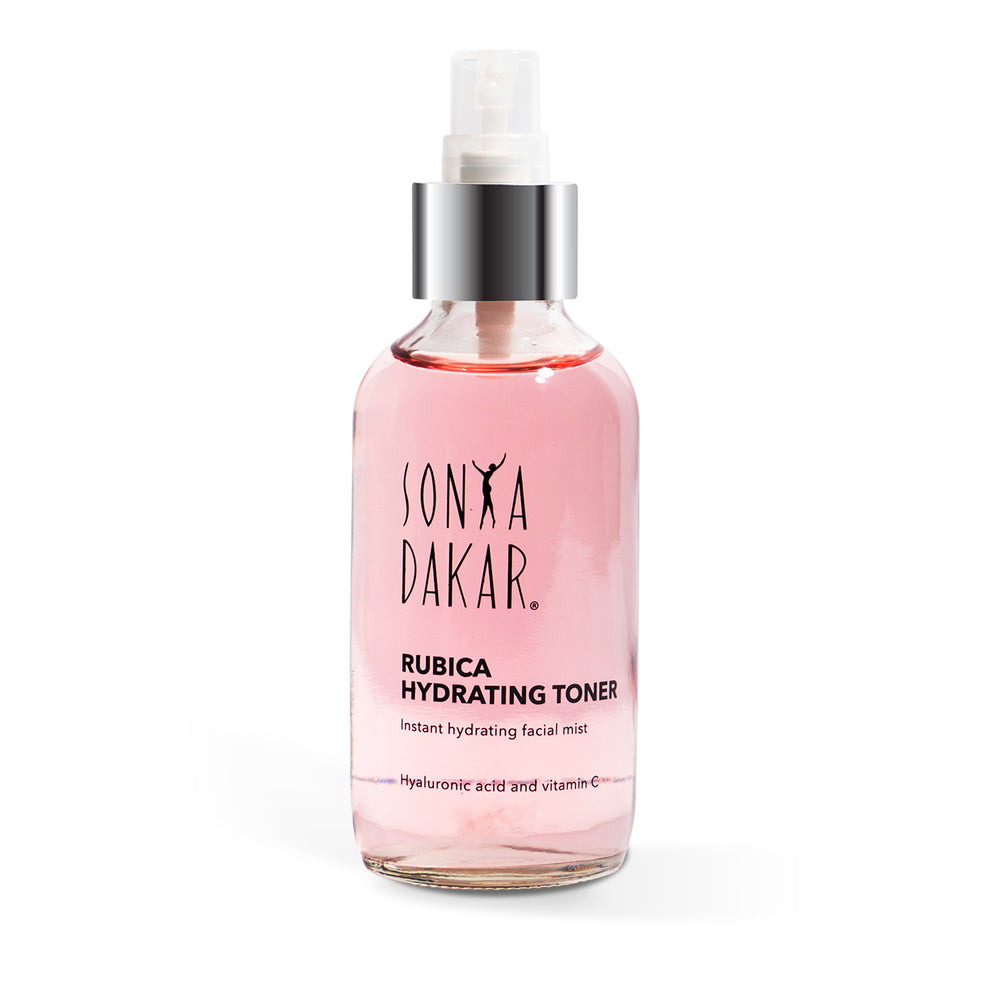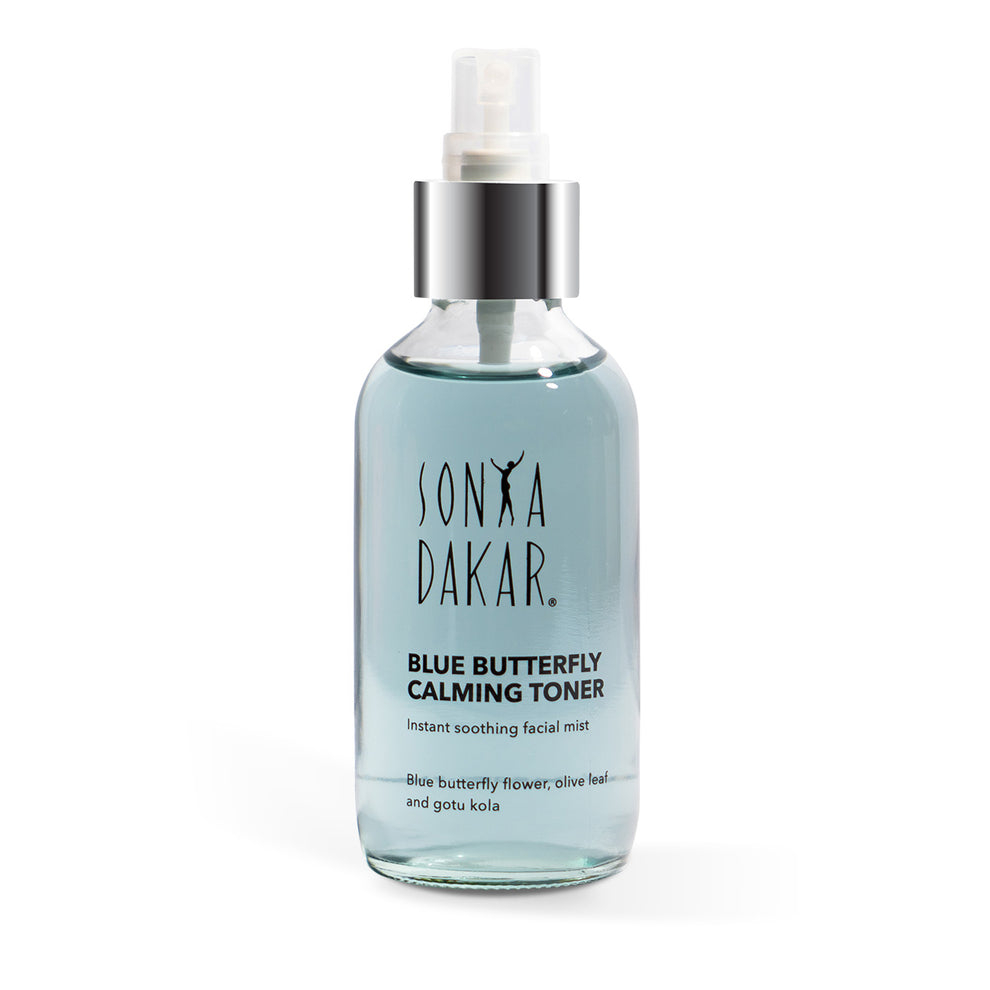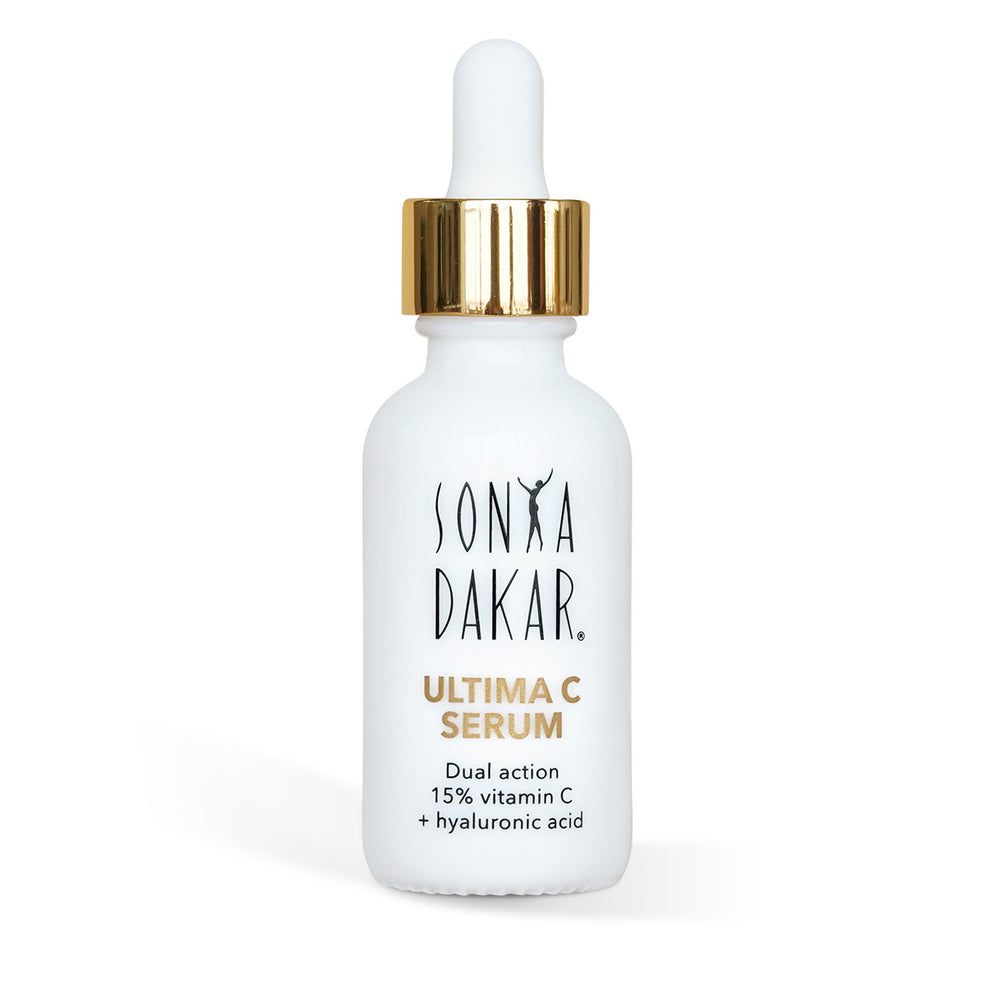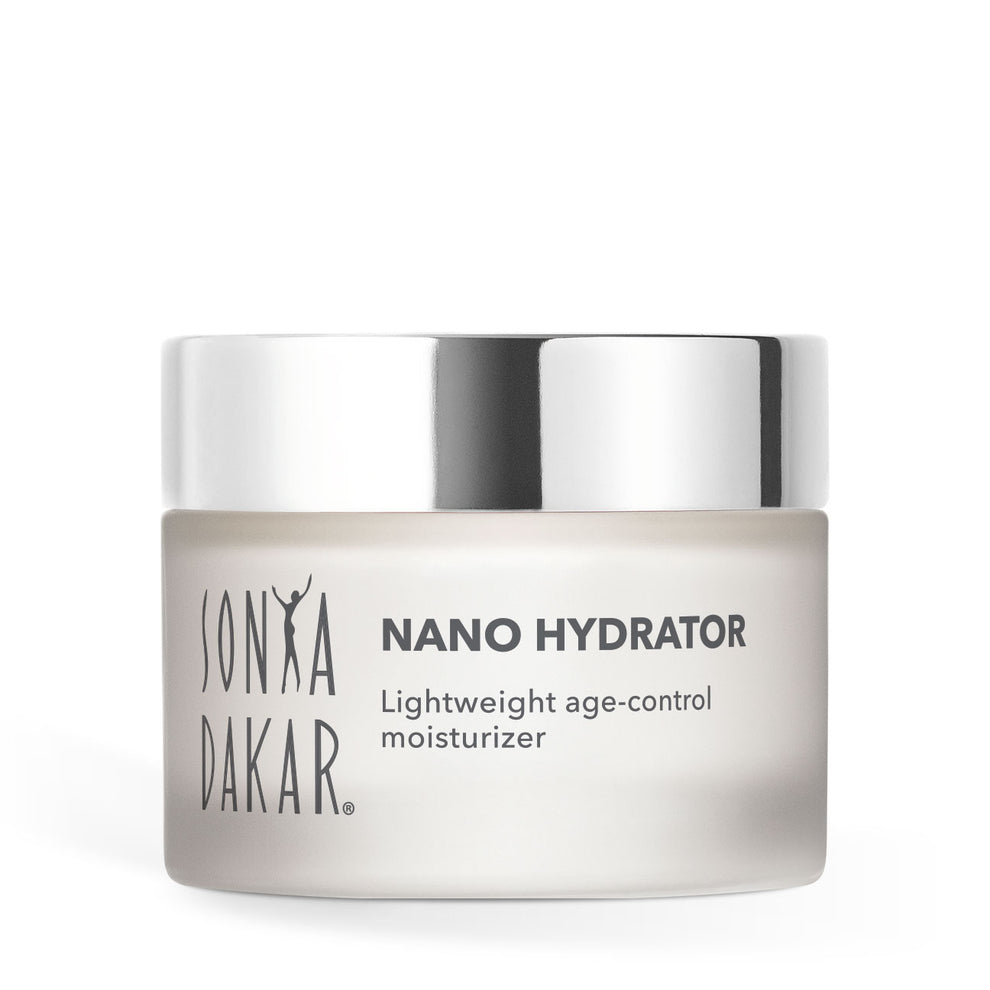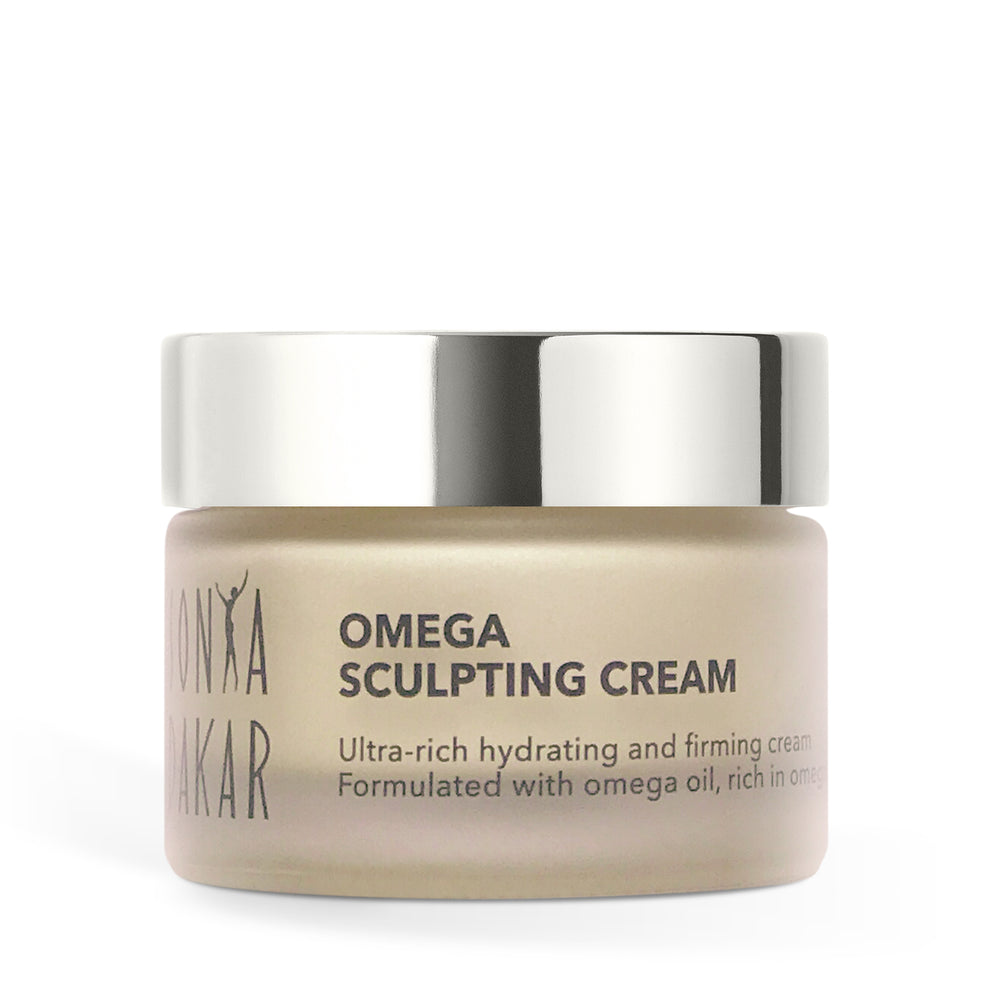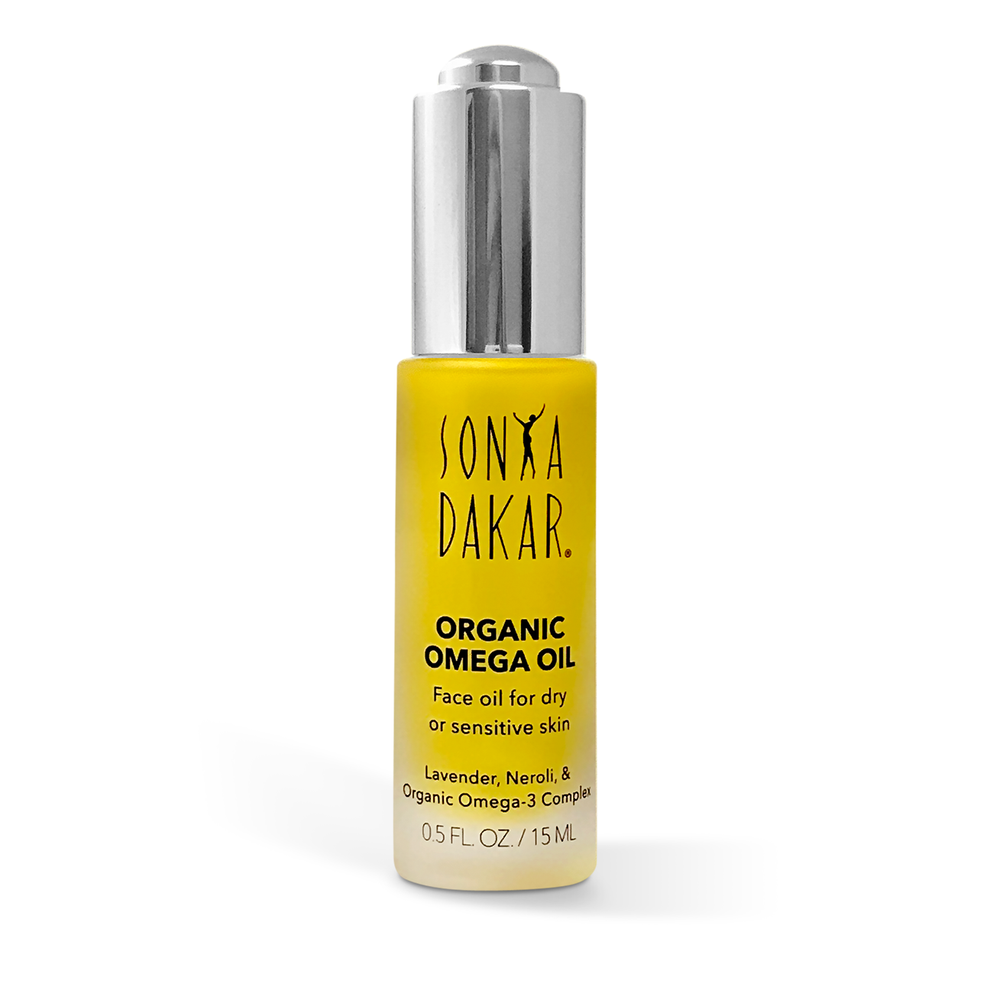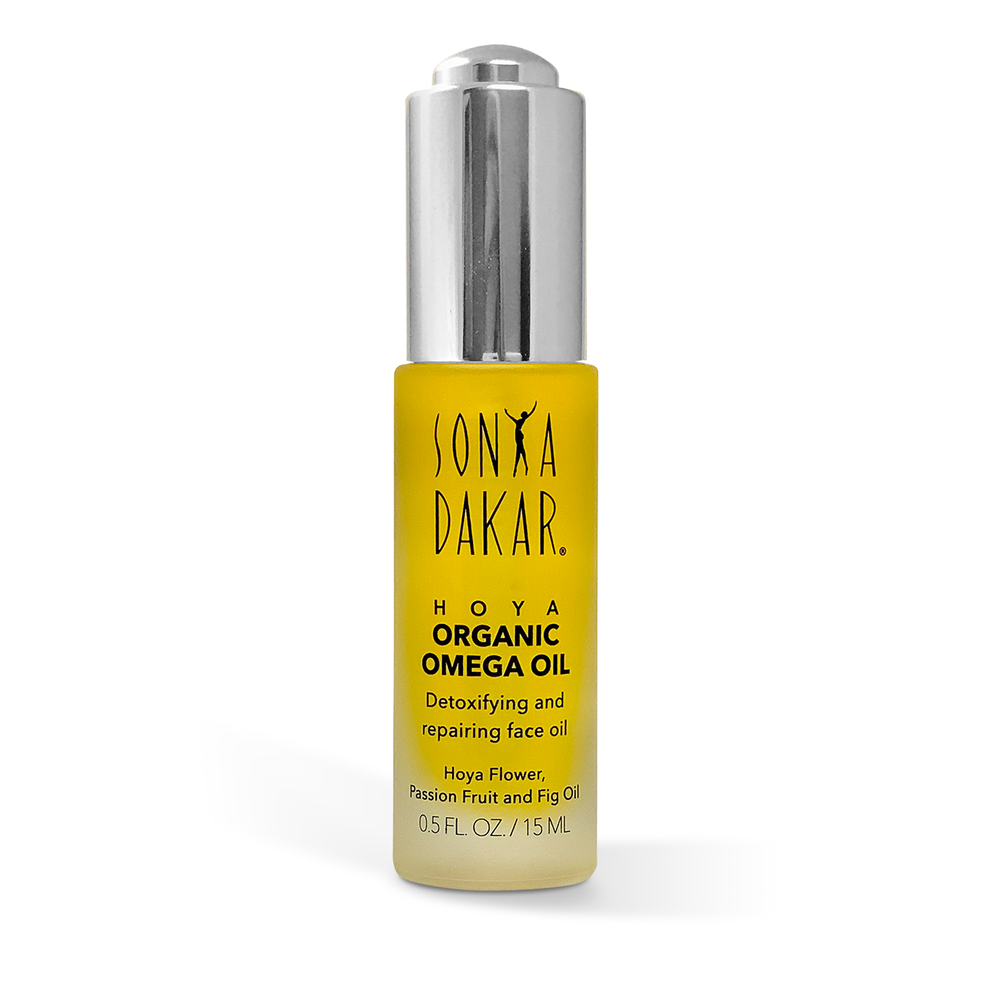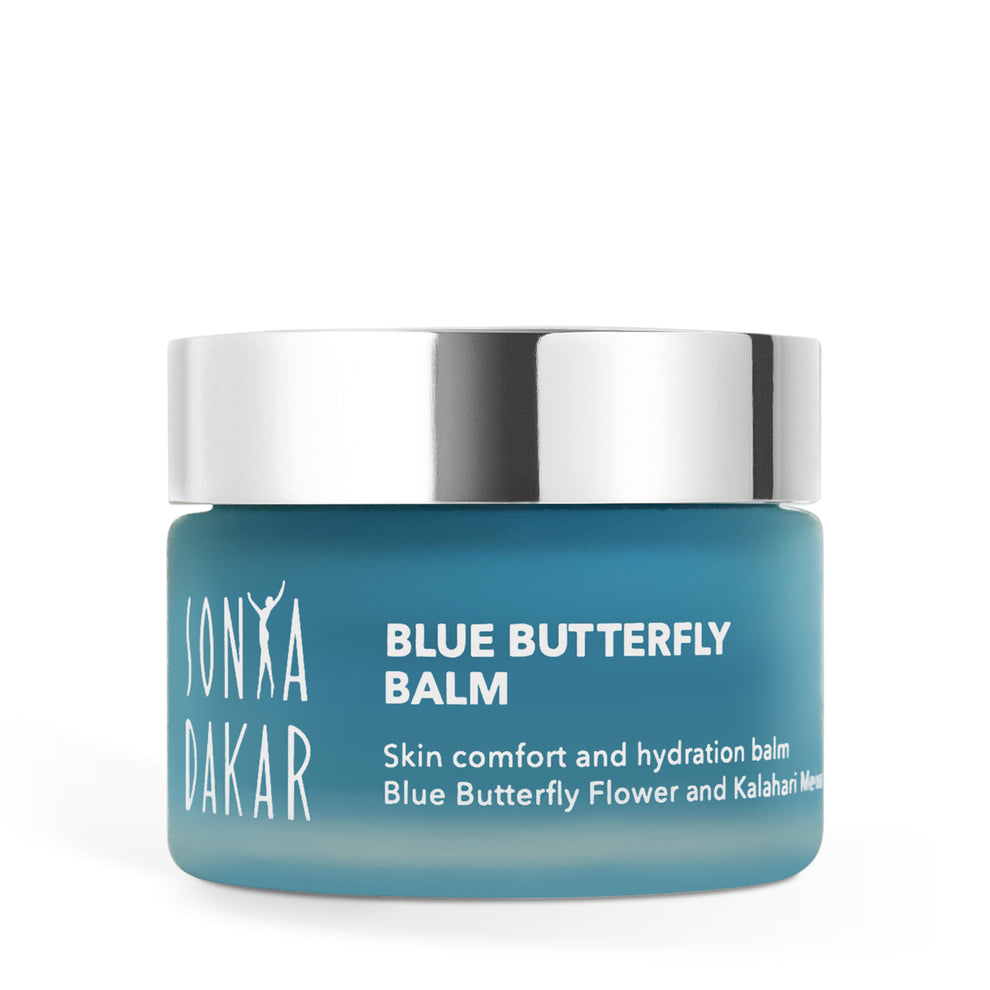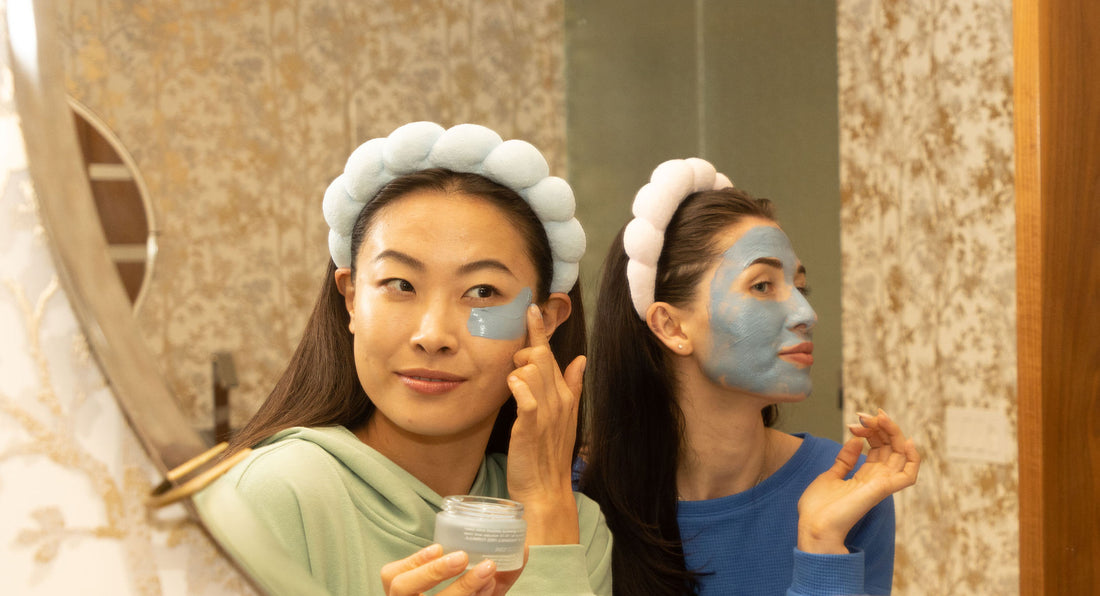
Layering Skincare for Dry Skin
Mastering the Art of Layering Skincare for Dry Skin
Imagine your skincare routine as a symphony, where each product plays a vital role. Here, we reveal the technique behind the 'moisture sandwich', a method that promises more than just hydration—it offers a shield against the elements and a bastion against time. This article isn't just about applying your typical dry skin moisturizers; it's an invitation to delve into a natural skincare regimen that resonates with your skin's rhythm.
The Science Behind Layering Skincare Products
How Layering Works
A study from the Journal of Cosmetic Dermatology highlights the significant benefits of an advanced skincare routine, particularly in layering products, compared to a simpler approach. As the study states, "the advanced routine showed improvements in superficial and deep hydration, skin roughness, mean pore area, melanin heterogeneity, and crow's feet wrinkle depth." This evidence underlines the effectiveness of a comprehensive layering approach, especially for addressing various skin concerns, including hydration and texture enhancement.
Layering skincare products is a methodical process that maximizes the efficacy of each product applied to the skin. At its core, the science of layering is rooted in the understanding of how different product formulations and ingredients penetrate and affect the skin, especially crucial for those dealing with dry skin.
For dry skin, which lacks moisture and often has a compromised barrier function, layering helps in several ways:
- Enhanced Absorption: By applying products in order of their consistency, from thinnest to thickest, we ensure that each product is absorbed effectively without hindering the penetration of subsequent layers.
- Targeted Treatment: Layering allows for the application of specific treatments for particular concerns, such as dry patches or fine lines, ensuring that each area of the skin receives the attention it needs.
- Barrier Reinforcement: Dry skin benefits immensely from layering as it helps in rebuilding and reinforcing the skin’s natural barrier, which is essential for retaining moisture and protecting against external irritants.
Ingredients to Look For
In a layered skincare routine for dry skin, certain ingredients stand out for their effectiveness. Incorporating these into your regimen can bring about significant improvements:
- Hyaluronic Acid: A hydration powerhouse, it draws moisture into the skin, providing a plumping effect and reducing the appearance of fine lines.
- Glycerin: A humectant that attracts water, glycerin helps keep the skin hydrated and soft.
- Ceramides: Essential for maintaining the skin’s barrier, ceramides help in locking moisture and protecting the skin from environmental aggressors.
- Peptides: These building blocks of proteins help in skin repair and rejuvenation, crucial for dry skin that is prone to aging signs.
- Natural Oils (such as Argan, Jojoba, and Rosehip): These oils not only provide deep moisturization but also contain vitamins and antioxidants beneficial for dry skin.
- Niacinamide (Vitamin B3): Known for its ability to strengthen the skin’s barrier and improve texture, niacinamide is a versatile ingredient for dry and aging skin.
Step-by-Step Guide to Layering for Dry Skin
Starting with a Clean Base
- Importance of Gentle Cleansing: Begin with a gentle, hydrating cleanser to maintain the skin's natural oils and pH balance. Avoid harsh soaps that strip moisture, leading to increased dryness.
- Preparation for Subsequent Layers: A proper cleansing routine sets the stage for improved absorption of the products that follow. It removes surface impurities, ensuring that the skin is primed for hydration and treatment.
Incorporating Misting Toners
- Role of Toners in Hydration: After cleansing, a misting toner can further hydrate and balance the skin. Choose toners with hydrating ingredients like rose water or chamomile to soothe and refresh dry skin.
- Application Technique: Lightly mist the toner over the face then lightly tap into skin. This step helps to replenish lost moisture and prepares the skin for the next layer; serums.
Hydrating with Serums
Serums for Deep Hydration: Choose serums containing active ingredients like hyaluronic acid and vitamin C. These ingredients bind moisture to the skin, providing deep hydration and reducing the appearance of fine lines.
Locking in Hydration with Moisturizers
Choosing the Right Moisturizer: Select moisturizers rich in ingredients like ceramides and peptides, which are essential for repairing the skin barrier and preventing moisture loss.
Application Tips:
- Apply moisturizer on damp skin immediately after serum/essence to lock in the moisture.
- Gently massage in an upward motion to boost circulation and absorption. Pay special attention to particularly dry or flaky areas.
- Remember, a thicker cream might be beneficial at night for intense hydration.
Layer in Face Oils for Dry Skin
Selecting Nourishing Oils: Choose oils like flaxseed and carrot seed. These oils not only provide deep moisturization but also contain essential fatty acids Omega-3 and 6 beneficial for dry, aging skin. Choose oils like flaxseed and carrot seed. These oils not only provide deep moisturization but also contain essential fatty acids Omega-3 and 6 beneficial for dry, aging skin.
Proper Application Method:
- Apply directly onto skin and massage, avoid wasting the product on your hands.
- Avoid eye area
Final Step: Applying a Skin-Comfort Balm
- Benefits of a Skin-Comfort Balm: Incorporate a balm rich in nut oils as the final step to seal in all previous layers and provide extra protection.
- Ideal for Harsh Weather: This balm is particularly beneficial in dry weather, creating a protective barrier against environmental elements.
- Application Tips: Use a small amount of balm, warming it between your fingers and gently pressing onto the skin, focusing on very dry or exposed areas.
Understanding Dry Skin and Its Challenges
Grasping the intricacies of dry skin is pivotal in any skincare conversation. Often, dry skin is not just a superficial concern but a complex interplay between genetic predispositions, lifestyle choices, and environmental factors. For our audience, ranging from young adults to those in their golden years, understanding these nuances becomes essential in crafting a skincare regimen that truly resonates with their skin's needs.
Dry skin, characterized by a lack of moisture and natural oils, often presents a canvas of tightness, flakiness, and sometimes, an unyielding dullness. However, the challenges of dry skin transcend beyond mere appearance. At a microscopic level, dry skin exhibits a compromised skin barrier function, making it more susceptible to irritants, allergens, and environmental aggressors. This vulnerability can lead to a cascade of skin issues, ranging from persistent dryness to accelerated signs of aging.
Interestingly, the conversation about dry skin seldom addresses the impact of modern living. Factors such as prolonged exposure to air conditioning, urban pollution, and even the blue light emitted from our screens can exacerbate skin dryness. Moreover, the water quality in our homes, often laden with minerals and chemicals, can strip away natural oils, leaving the skin parched and longing for nourishment.
In addressing these challenges, it's not just about quenching the skin's thirst for moisture; it's about understanding and mitigating these often-overlooked external factors. Our approach in this section is to equip our readers with this rarely discussed knowledge, enabling them to make informed decisions about their skincare, transcending beyond the superficial layers to a more profound understanding of their skin's health.

By following this detailed guide, individuals with dry skin can maximize the benefits of each skincare product, resulting in a hydrated, radiant complexion. This layering technique not only addresses immediate dryness but also contributes to the long-term health and resilience of the skin.
